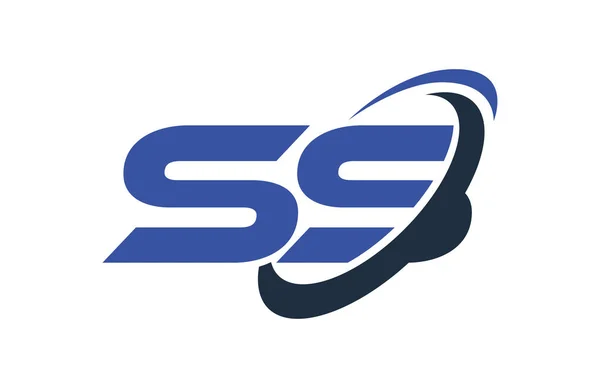In Microsoft Dynamics 365 Finance and Operations (D365 F&O), the Bill of Lading (BoL) is a crucial shipping document that provides details about the goods being shipped, the carrier, and other essential logistics information. Automating the email process for Bill of Lading documents in D365 F&O can significantly streamline shipping workflows, reduce manual intervention, and improve communication between stakeholders like suppliers, customers, and logistics providers.
This guide will cover the process of setting up the automatic emailing of Bill of Lading documents in D365 F&O, the benefits, and best practices.
1. What is a Bill of Lading in D365 Finance and Operations?
A Bill of Lading (BoL) is a document used in the shipping process that acts as a:
- Receipt: Confirming that goods have been shipped.
- Contract of carriage: Between the shipper and the carrier.
- Title of goods: Serving as proof of ownership for the goods during transit.
In Dynamics 365 Finance and Operations, the Bill of Lading is generated during the sales order fulfillment and shipment process. It is a critical document for logistics and compliance, ensuring the smooth movement of goods between warehouses, carriers, and customers.
2. Importance of Auto Emailing the Bill of Lading
Automating the emailing of the Bill of Lading in D365 F&O has several benefits:
- Efficiency: Reduces the need for manual intervention in sending shipping documents.
- Accuracy: Minimizes the chance of human error, ensuring the correct BoL is sent to the correct parties.
- Timely Communication: Ensures that all stakeholders (customers, carriers, internal teams) receive the document promptly, which is crucial for shipping and logistics operations.
- Compliance: Helps maintain proper documentation and tracking of goods, especially for international shipments.
- Customer Satisfaction: Ensures customers are kept informed about their shipments, improving transparency and trust.
3. Setting Up Auto Emailing for Bill of Lading in D365 F&O
To set up the automatic emailing of BoL documents in D365 F&O, you can leverage the system’s print management, email templates, and batch job functionality. Below are the steps to achieve this:
Step 1: Configure Print Management Settings
Print management is where you define how documents, like the Bill of Lading, are handled within D365 F&O.
- Navigate to Print Management:
- Go to Accounts receivable > Setup > Forms > Form setup.
- Click on Print Management.
- Set Up for Sales Orders:
- Under the Sales orders section, expand Original or Copy, depending on which version of the BoL you want to email.
- Choose Bill of Lading and specify the document settings (e.g., Printer, Email, File, etc.).
- Select Destination as Email:
- In the Destination field, select Email.
- Configure the recipient (customer, internal teams, or other stakeholders) by using a predefined email template or defining a custom one.
Step 2: Define Email Templates
To maintain consistency and professionalism in your emails, D365 F&O allows you to create custom email templates.
- Create Email Template:
- Navigate to Organization administration > Setup > Email templates.
- Click on New, and create an email template specific to the Bill of Lading.
- Define the subject, body, and any dynamic placeholders (e.g., Customer Name, Shipment Number) for the email. These placeholders will automatically populate with the appropriate data when the email is sent.
- Assign the Template:
- In Print Management settings, assign the email template you created to the Bill of Lading document.
- Specify any additional recipients (e.g., customer email, logistics manager, carrier email).
Step 3: Configure Batch Job for Automation
To automate the sending of BoL emails, you need to configure a batch job that handles this task.
- Go to Batch Jobs Setup:
- Navigate to System administration > Inquiries > Batch jobs.
- Create a New Batch Job:
- Create a new batch job specifically for sending BoL emails.
- Add a Print management job task to this batch that triggers the automatic generation and emailing of the Bill of Lading document for all eligible shipments.
- Schedule the Batch Job:
- Set the batch job to run at regular intervals (e.g., every hour, once per day) depending on your shipping schedule.
- Ensure the batch job is active and running to handle the automatic emailing process.
Step 4: Test the Configuration
Once all settings are in place:
- Create a test sales order and process it through the shipment workflow.
- Ensure the Bill of Lading is generated and automatically emailed to the correct recipients.
- Verify the content of the email, attachments, and any placeholders used in the email template.
4. Best Practices for Auto Emailing BoL in D365 F&O
A. Regularly Review Print Management Settings
Ensure that the email destinations and templates are up to date and reflect any changes in business processes or customer requirements.
B. Maintain Accurate Customer Email Addresses
Ensure that customer profiles in D365 F&O have the correct and updated email addresses to avoid sending documents to the wrong contacts.
C. Set Up Error Handling
Configure error handling for failed email deliveries. Use D365’s built-in email error logs or notifications to track any failures and ensure timely follow-up.
D. Secure Sensitive Information
If the BoL contains sensitive information, ensure that your emails are encrypted, and follow data privacy guidelines to protect customer and business data.
E. Monitor and Optimize Batch Jobs
Periodically review your batch job configurations to ensure they are running optimally. Ensure that they do not overload the system during high-volume periods, such as peak sales seasons.
5. Benefits of Automating BoL Emails in D365 F&O
Automating the emailing of Bill of Lading documents in D365 F&O brings multiple operational advantages:
- Reduced Manual Work: By automating BoL emails, employees spend less time manually generating and sending documents
